Silence, space, and soul defines Italy’s next luxury destination. Abruzzo is the region that is quietly rewriting the script of Italian indulgence and slow travel. There’s a chance that making cheese with a shepherd at sunrise, sharing pasta dough with a nonna in a stone village, or sipping Montepulciano wine in a vigna will become your next wildest dream.
It’s a new way of luxury, something that is less about glamorous stays or Michelin stars (though you’ll find both if you wish) and more about simplicity and life's little pleasures. If destinations like Tuscany or the Amalfi Coast seem to be the Italy of postcards, Abruzzo is the Italy of genuine experiences. Here is why it could be the exclusive destination you have never imagined before.

Travel to Abruzzo, not the usual luxury destination
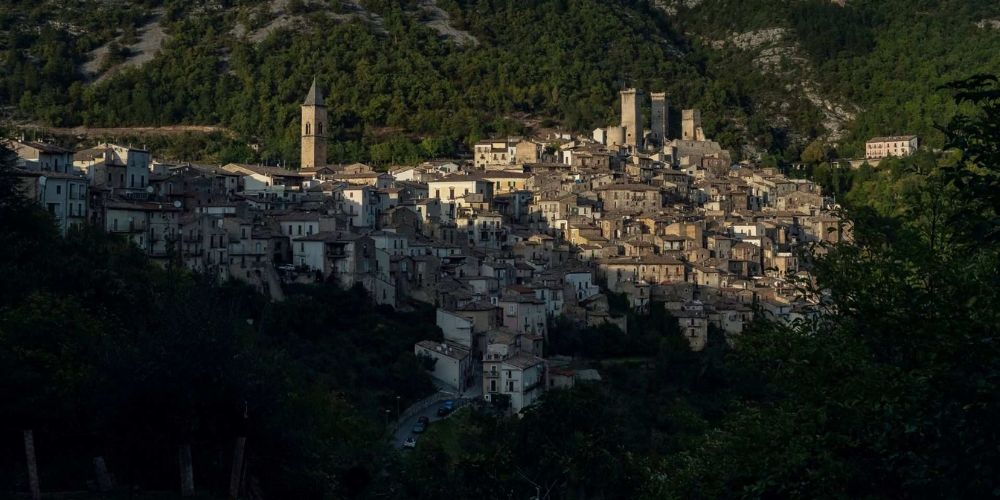
A portion of land stretching from the Apennine peaks to the Adriatic Sea, Abruzzo sits at the very heart of Italy.
It’s a place of extraordinary contrasts, where snow-dusted mountains tumble into olive groves and then slide into beaches lapped by turquoise waves. In just over an hour, you can drive from the ski slopes of Gran Sasso to the shimmering seascapes of the picturesque Costa dei Trabocchi, where fishermen still work on old fishing structures rising on slender wooden poles.
More than one-third of Abruzzo is protected land making it Italy’s greenest region and one of Europe’s most biodiverse. Three National Parks, a Regional Park, and over 30 nature reserves protect rare species like the Marsican brown bear, the Apennine wolf, and the Abruzzo chamois.
This isn’t wilderness to admire from a distance. Our advice? Hike, ride, taste, touch, breathe. In short: live it.
Listen to the podcast version of the article with the voice of Monna Lisa & Leonardo
In Abruzzo, travel is a sustainable renaissance
🥇 Visit Italy’s brand partnership
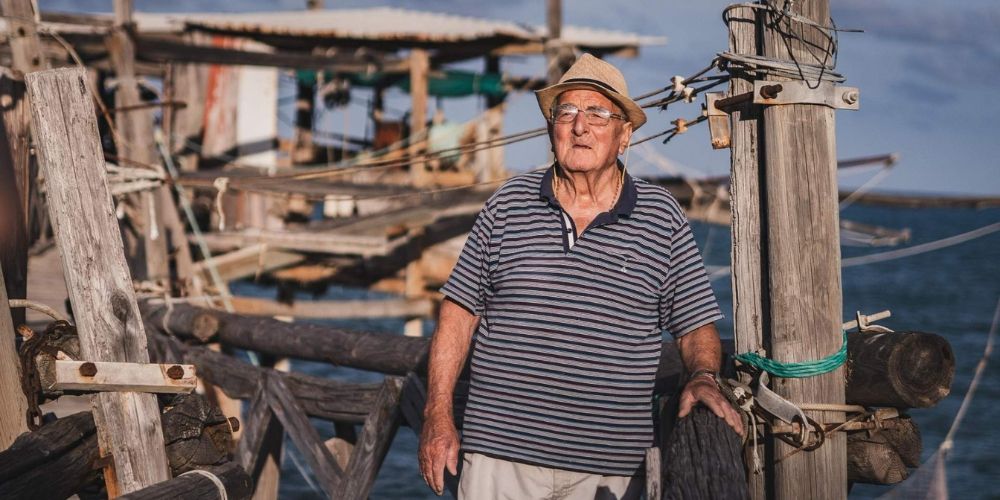
The real treasure of Italy isn’t in the glossy hotspots, but in the places that stay true to themselves.
That vision is being smartly shaped by GST – Gruppo di Sviluppo Territoriale, a group promoting a more authentic, sustainable form of tourism. Their approach is as simple as it is necessary: let travelers experience the real Abruzzo through those who live it every day.
The goal, according to GST, is to promote year-round, low-impact travel that preserves local communities, culture and nature, so that sustainability won’t be just a slogan, but a way of life.
Actually, Abruzzo is growing quietly and consciously.
In 2024, it welcomed 7 million overnight stays, an increase from the previous year. Yet the region remains mostly uncrowded.
Most travelers opt for small accommodations, such as agriturismi, B&Bs, and family homes, and they tend to travel outside peak seasons. It’s a model of tourism that benefits the land and the people who call it home.
More info on GST - Gruppo di Sviluppo TerritorialeAbruzzo travel: sustainable luxury and slow travel
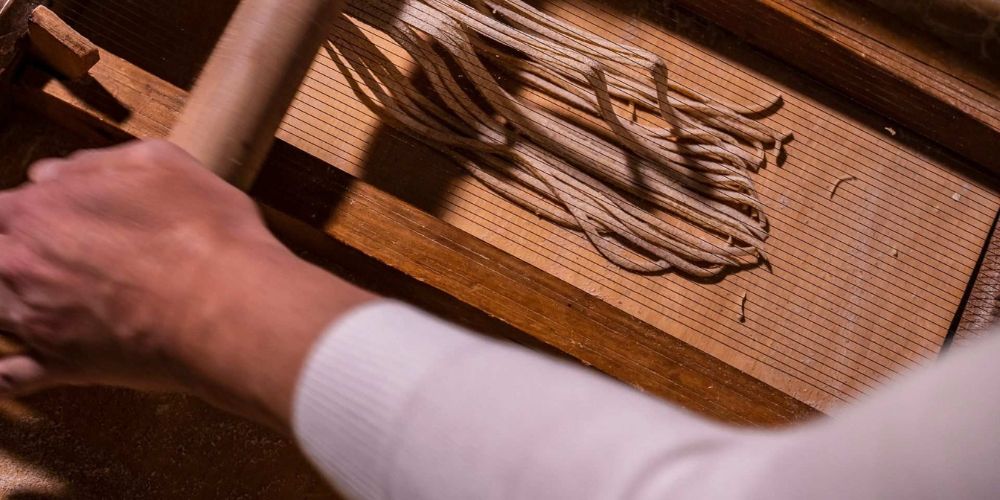
Traveling in Abruzzo is about small, genuine moments shared with people. That’s part of the reason why this region at the centre of the high-heeled boot has positioned itself as a non-conventional Italian destination for those who seek a different idea of luxury.
In the pastures of the Gran Sasso National Park, a shepherd still makes pecorino cheese by hand, just as his family has done for generations.
Far below, in a stone kitchen of a hilltop village, hands stretch and press dough across the chitarra, the wooden frame strung with wires that gives Abruzzo’s square-edged pasta its name and shape. Since 2013, a small fraternity devoted to memory and taste, the Order of the Maccheroni alla Chitarra, has kept this culinary rite alive.
Across the same hills, Romanesque abbeys open their cloisters to music. Events such as the Abbazie Summer Festival bring classical and jazz concerts to the villages of the Teramo province.
In the town of Castelli, workshops continue the art of hand-painted maiolica, producing designs that once adorned royal courts.
By late August, faith and history converge during L’Aquila’s Perdonanza Celestiniana. The city gathers at the Basilica of Collemaggio for the opening of the Holy Door, a ceremony first proclaimed by Pope Celestine V in 1294 and now honoured by UNESCO as Intangible Cultural Heritage. For inspiration on what to do, visit L'Aquila like a local.
Nothing is performed. Shepherds, farmers, winemakers, and artists do not imitate tradition but inhabit it. In Abruzzo, the truest form of luxury may simply be continuity, the art of keeping things real and keeping them alive.

Over to Marianna Colantoni, President of GST – Gruppo di Sviluppo Territoriale, and Founder of Experiential Tour Operator Taste Abruzzo.
Abruzzo is redefining the concept of luxury by focusing on the authenticity of local experiences. What role do local communities play in this process, and what are the future strategies to strengthen the region as an international destination without losing authenticity and sustainability?
In Abruzzo, luxury isn’t about what you own—it’s about what you experience. And it’s the local communities that make it possible. Women and men, shepherds, artisans, musicians, winemakers. They are the ones who turn a simple trip into an authentic experience, full of gestures, stories, and traditions.
For over ten years, my work with Taste Abruzzo has been dedicated to celebrating this authenticity: connecting travelers with local communities, promoting tailor-made and sustainable experiences that allow you to live like a local without impacting culture or the environment.
Looking to the future, I dream of an Abruzzo where villages are re-inhabited, where rural life is enriched with services and quality, and where local women and men lead activities, traditions, and innovation. This is how Abruzzo can become an international destination for authentic luxury, without losing any of its genuineness, nature, or the people who make it unique.
Travel to Abruzzo for active holidays
People call Abruzzo Italy’s natural gym, a phrase that fits, given a landscape that insists you move through it. Anyway, pushing limits is hardly the point.
From the limestone peaks of the Gran Sasso, the highest range in the Apennines, the backbone of Italy, all the way down to the Adriatic’s glimmering shoreline, you get to test what freedom tastes like when nature is still the one setting the rhythm. In such a scenario, luxury is space, quiet, and the chance to feel small for a while.
In winter, skiers carve through fresh snow in Roccaraso or Campo Felice, pausing on ridgelines that open toward the sea when the air is clear. By spring, the same slopes trade snow for wildflowers, and the ancient tratturi, the routes once traversed by shepherds and their flocks, are rediscovered as paths for walking.
Things don’t slow down in the hottest months. Paragliders drift above green valleys. Cyclists trace vineyard roads and frozen-in-time villages. Along the coast, swimmers pass beneath the silhouettes of trabocchi, wooden fishing platforms now largely turned into restaurants.
In a place where adventure rarely shuts down, is there space for another kind of slow travel?
Authentic Italy: local flavors in Abruzzo

Needless to say, the answer is yes. The active side of Abruzzo is only one face of a region whose good fortune lies in its landscapes, yet whose spirit runs equally deep in art, culture, and the “piaceri della tavola” (pleasures of the table).
The evidence of abundance is convincing, with 28 DOP and IGP products, more than 44,000 farms, and nearly 600 agriturismi.
The region produces over 3 million hectoliters of wine each year, ranking fifth in Italy. Montepulciano d’Abruzzo remains its ambassador, but sommeliers pour the crisp whites of Trebbiano and the fragrant Pecorino (the wine, not the cheese) with equal pride.
In the family-run mills scattered across the hills, olives are harvested in the old ways and crushed within hours. The result is a liquid gold protected by three DOP designations: Aprutino Pescarese, Colline Teatine, and Pretuziano delle Colline Teramane. See our article about Abruzzo's "olive oil town".
Joining a harvest, following a tasting trail, sitting at a wooden table as the farmer drizzles fresh oil over bread are the kinds of sustainable luxury measured not in extravagance, but in authenticity and meaning.
Discover Abruzzo best recipes.
Where to sleep in Abruzzo
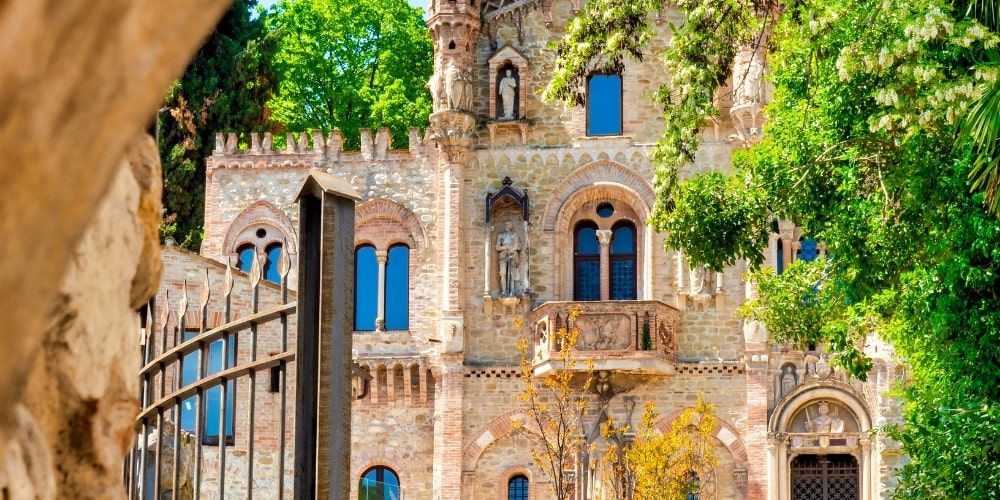
Hospitality in Abruzzo doesn’t come in glass towers or sprawling resorts. More often than not, the most memorable places to stay are found in venues with a heart and a human touch.
Some of the best examples are stately palazzi reborn from their ruins. Recent history has made them a symbol of resilience and rebirth. L’Aquila, shattered by the 2009 earthquake and now preparing to serve as Italy’s Capital of Culture in 2026, boasts a large number of valuable architectural structures restored to their former splendour.
Here and beyond, travelers sleep in historic houses reinvented for hospitality. Alberghi diffusi tucked into medieval streets or family-run B&Bs dotting the hills are a model that defines much of the region.
Beyond the town walls, another kind of luxury thrives. In family-run agriturismi, meals come from the fields just beyond the window. They are the epitome of the slower rhythm in the Italian countryside.
Glamping retreats are appearing in mountain valleys and along the Adriatic coast with their canvas domes and wooden cabins open onto wild views. The boundary between indoors and outdoors dissolves, and luxury becomes something elemental.
Traveling through Abruzzo’s hidden gems
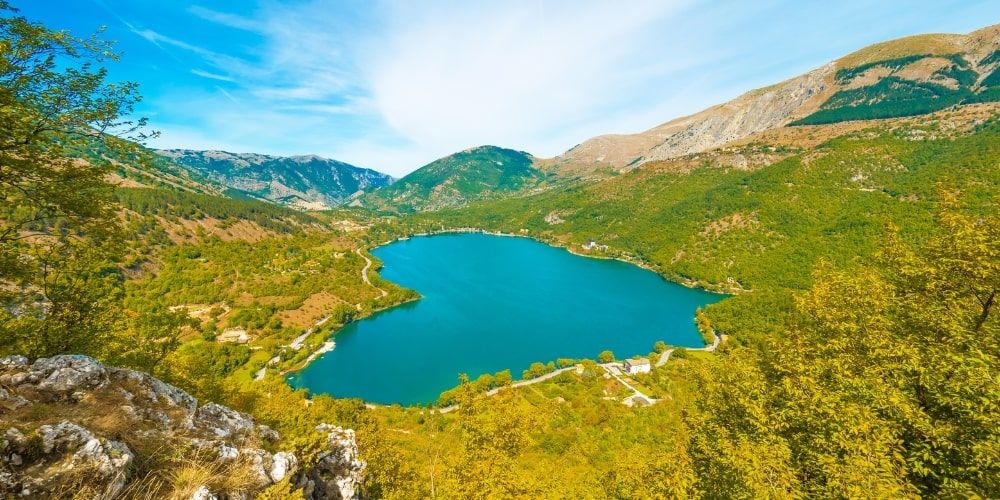
In 1951, Henri Cartier-Bresson photographed the medieval village of Scanno for Harper’s Bazaar. Since then, the labyrinth of alleys and stone stairways in this mountain town, perched near a heart-shaped lake inside the Abruzzo National Park, has continued to draw photographers in search of timelessness.
From there, the road descends through the Gole del Sagittario Nature Reserve, where the river has carved deep limestone gorges on its way toward the Peligna Valley. Along the route, small villages such as Castrovalva and Anversa degli Abruzzi rest on the slopes above the valley.
Further north, the Teramo hills roll out in soft patterns of vineyards, olive groves, and Romanesque abbeys, a landscape that gives life to the Montepulciano d’Abruzzo wine.
Along the coast between Ortona and Vasto, old wooden fishing piers suspended above the sea trace a singular landscape. Next to it, on a 40-kilometre seafront path known as the Via Verde, people ride their bicycles with such an original panorama.
The mood changes once more in Abruzzo’s cities: L’Aquila, Teramo, Pescara (the birthplace of poet Gabriele D’Annunzio), and Chieti, often called the terrace of Abruzzo. And as you walk streets where cafés hum and university crowds fill the evening, one last thought comes to mind…
…Abruzzo is Italy’s Best-Kept Secret
If real luxury is a matter of perfect alignment, a combination of authenticity, sustainability, discovery, and meaningful connections seems a recipe that is working well for Abruzzo.
The upcoming international campaign “Abruzzo: Italy’s Best-Kept Secret” designed by GST reflects on how the best way to experience a place is to embrace its energy, people, landscape, and pace of life.
The allure of travel to Abruzzo lies in its subtlety. Don’t expect it to perform for you. Instead, you have to join in, explore, and try something new. For tourists used to Italy’s more familiar luxuries, Abruzzo feels different, but in a good way.
It’s when you find yourself on a mountain trail, sharing a picnic among the vineyards, or gliding on a Vespa through forgotten villages, that you realize true luxury is made of moments, not things.
About the author
Written on 16/10/2025


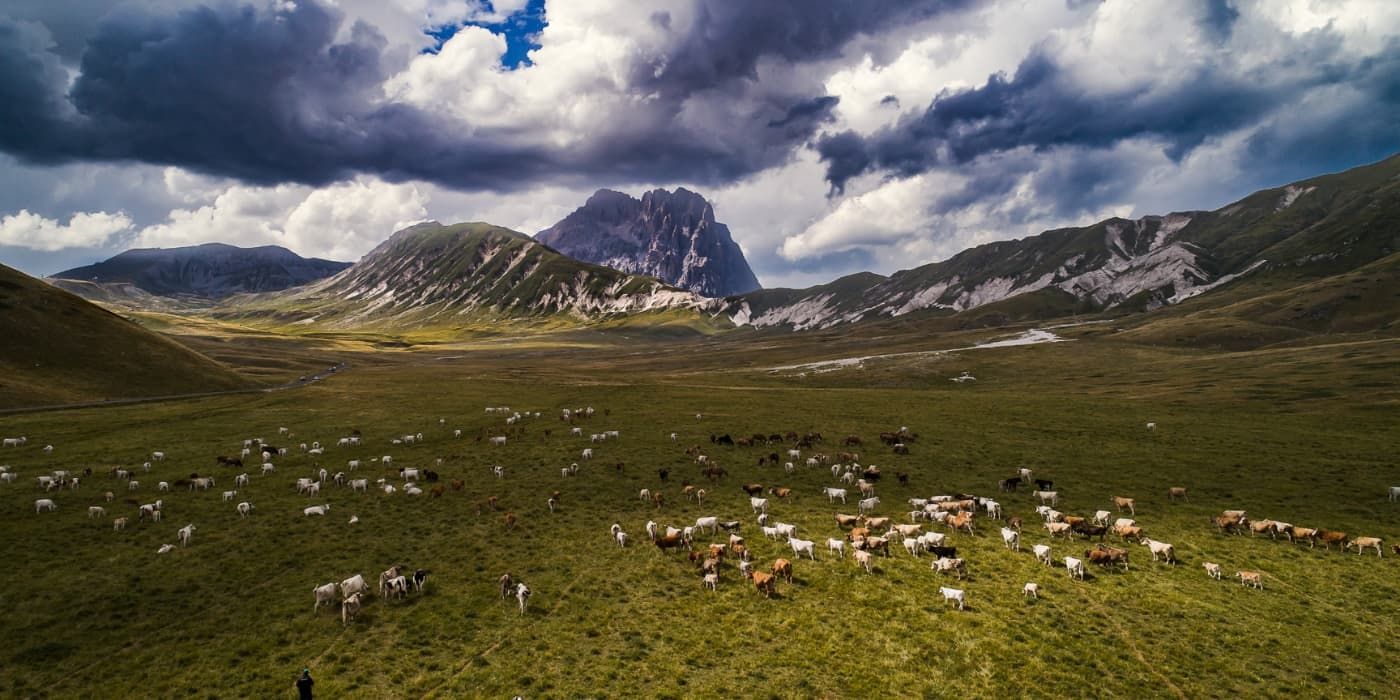

Lorena Calise
What is real luxury? An under-the-radar destination is redefining the concept. Start your Abruzzo travel journey here.